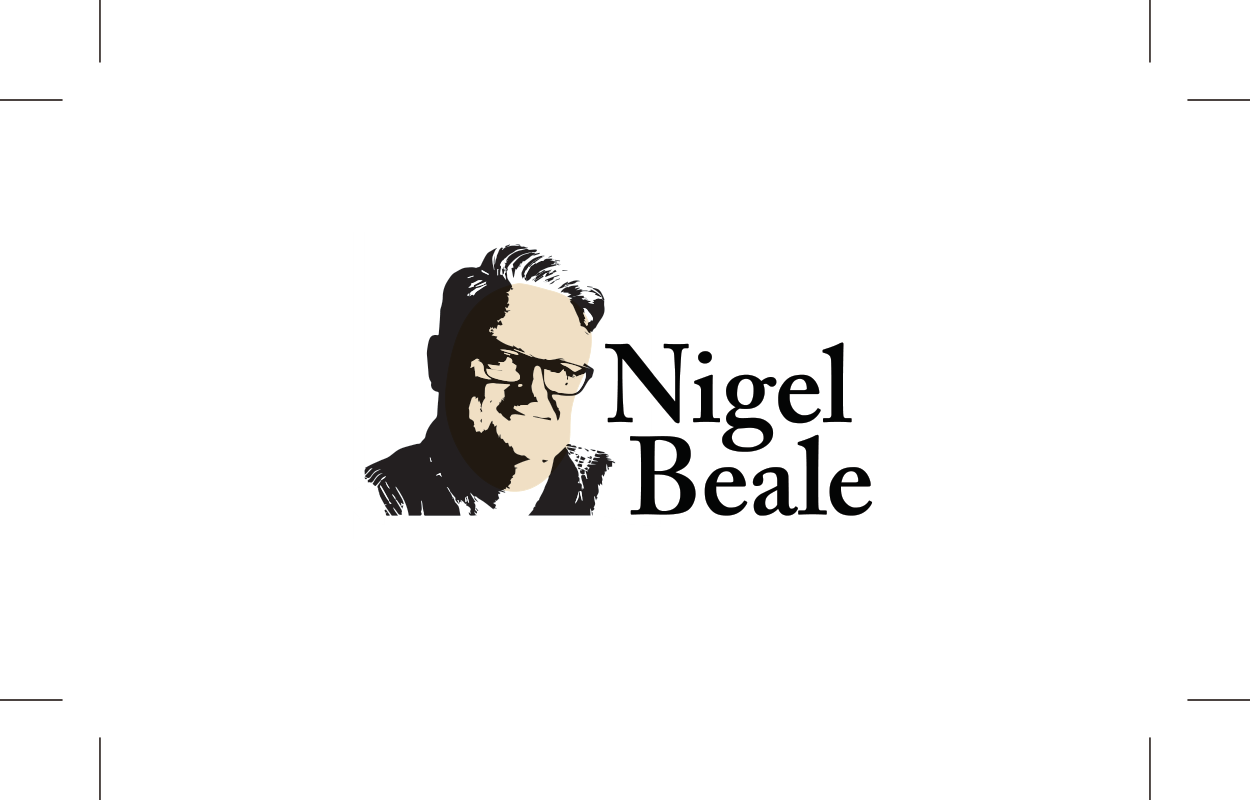Art Exhibit Review: "The 1930s: The Making of 'The New Man'''
First appeared in Canadian Art Magazine
"The 1930s: The Making of ‘The New Man’” is a stark reminder of how easily huge numbers of human beings can be convinced to slaughter and maim one another, how weak and hateful we can be, how susceptible to promises of salvation and self-aggrandizement, how quick to forget atrocities. In short, the exhibit shows how the lethal combination of art, hubris, technology and mass persuasion can, when man plays God, produce awful consequences.
In Aldous Huxley’s 1930 novel Brave New World, leaders are not satisfied with “merely hatching out embryos: any cow could do that.” As one character puts it, “We also predestine and condition.” One detects this world view upon stepping into the first room of the exhibition and seeing works by Arp, Dalí and Kandinsky. In sculptures, paintings and photographs alike, eggs, torsos, buttocks, skin cells, splotchy bacteria, blood vessels, barley roots and double helixes are all depicted up close and colourful, as if under the microscope: now that man has conquered nature, it seems to suggest, he can not only create life but determine its conditions as well. Dalí’s painting 'Geopoliticus Child Watching the Birth of the New Man' epitomizes this sensibility: it is a mixture of fascination, incredulity and fear in the face of new and boundless power.
Another room features Picasso, Brauner, Miró and Lachaise. In their works, bones, breasts, vaginas and other bits and pieces of anatomy are freely rearranged. We see hermaphrodites and maimed, distorted, hybrid humans, all suggestive of a prerogative to dismantle and rebuild the body at will. Surrealism’s rejection of reason is on display here too, juxtaposed with totalitarianism. “Beauty will be convulsive or not at all,” stated André Breton, whose words appear on the gallery wall.
A large copper bust of Mussolini — looking like Marlon Brando in Julius Caesar — pouts at visitors in the next phase of the exhibit. Il Duce is surrounded by paintings of Stalin and skeletal depictions of Hitler. These leaders would take biology out of laboratories to create their own versions of the new man: eliminate the degenerate, clone the individual, exterminate the bourgeois in the Soviet Union and the Jews in Germany, idolize and groom perfect specimens. They would promote the past, the perfect beauty of Greek classicism, the cult of the body, athleticism and the glory of the leader. For them, humanity, flawed and imperfect, stood in the way of the pure ideal. Much contemporary art was also seen as deformed and sick…to be disposed of.
The new man was born out of a return to the land, sacrifice and love of the mother country. Dictators were symbolic of the father, a dynamic exemplified by excerpts from Leni Riefenstahl’s brilliant propaganda film 'The Triumph of the Will', in which Germany’s Nazi-era volk look like obedient children. Individualism is abandoned. One exits this disturbing show marching past paintings of death camps and images of silent, skeletal survivors, witness to creativity in the face of an inhuman capacity to destroy.

